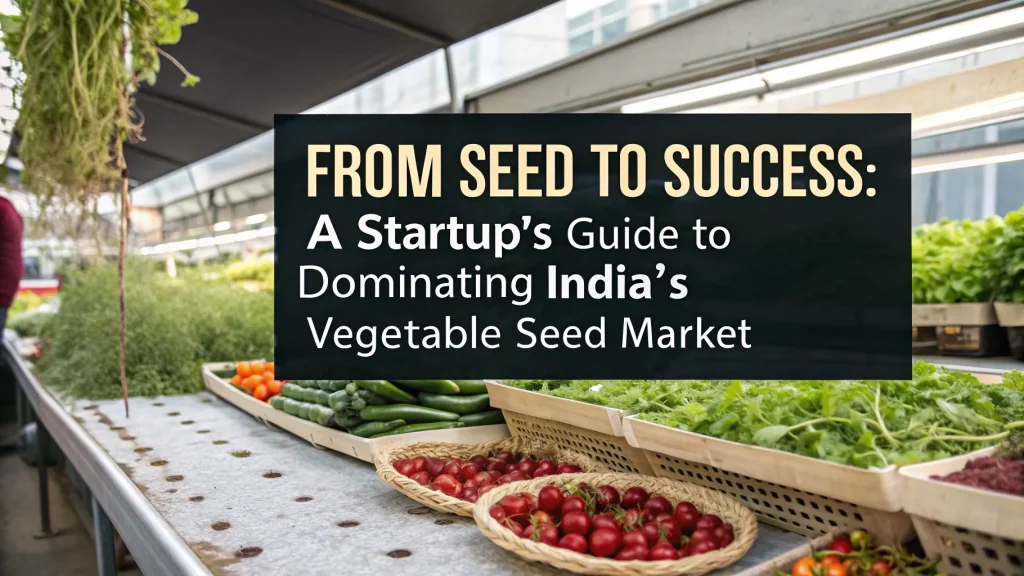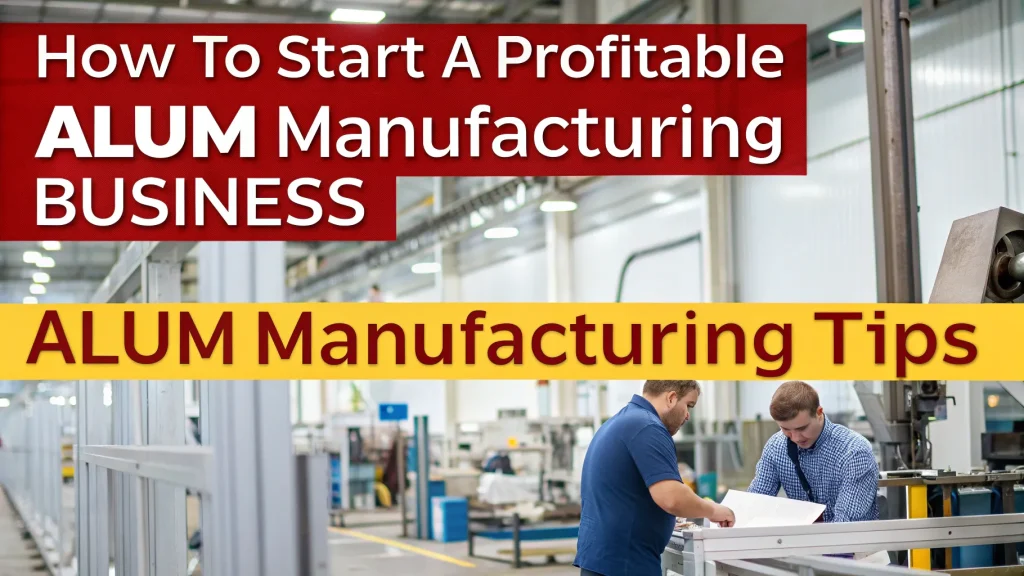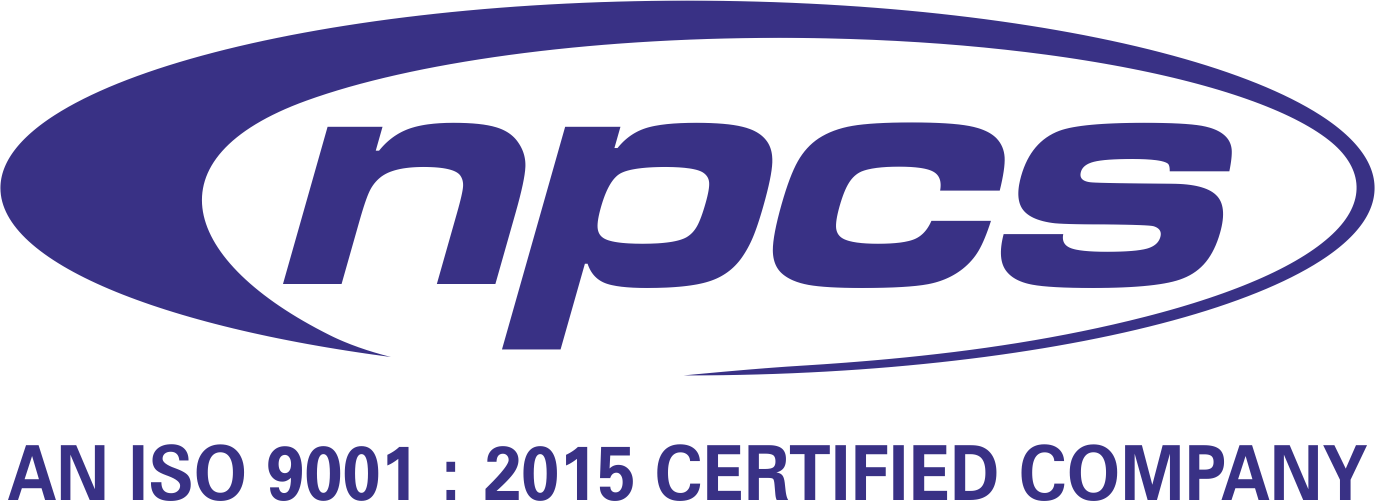The Mayonnaise & Salad Dressings Manufacturing Business has evolved into a highly profitable sector, thanks to growing global demand for fast food, convenience meals, and healthy eating options. With increasing consumption of sandwiches, burgers, wraps, and salads—especially in urban areas—this business presents a lucrative opportunity for entrepreneurs, manufacturers, and food processors alike. As food habits shift towards continental and health-focused cuisines, establishing a manufacturing setup for mayonnaise and salad dressings offers not just good margins but also long-term growth.
Market Overview & Demand Potential
The market for mayonnaise and salad dressings has expanded significantly over the past decade. As consumers become more experimental with food and prefer quick, tasty options, dressings have become a kitchen staple in homes, restaurants, and cafés. This demand surge has created space for both large-scale manufacturers and niche, artisanal producers. Moreover, the rise of health-conscious alternatives—like low-fat, vegan, and eggless variants—adds even more layers to the potential product line, making it a scalable and dynamic business.
Types of Products You Can Manufacture
There are multiple varieties within the mayonnaise and salad dressing category. The core products include:
-
Classic Mayonnaise (egg and eggless)
-
Flavored Mayonnaise (garlic, peri-peri, mint, tandoori, etc.)
-
Vegan Mayonnaise
-
Caesar Dressing
-
French Dressing
-
Ranch Dressing
-
Honey Mustard
-
Italian Dressing
-
Thousand Island
You can choose to start with 2–3 core products and gradually diversify based on customer feedback and market trends.
Ingredients & Formulation
The base ingredients for mayonnaise typically include oil, eggs (or egg powder), vinegar or lemon juice, mustard, and spices. Salad dressings vary more but commonly include oil, vinegar, herbs, spices, and flavoring agents. Formulation is key to product quality and shelf life. It’s also important to conduct stability tests to ensure your products remain fresh for several months.
Preservatives (natural or synthetic), stabilizers, and emulsifiers are usually added to increase product shelf life and maintain consistency. However, if you’re targeting the health-conscious or organic market, clean-label ingredients with minimal additives are preferred.
Manufacturing Process
The production of mayonnaise and dressings involves several steps:
-
Ingredient Preparation: Measuring and pre-mixing of ingredients.
-
Emulsification: Mixing oil and water-based ingredients at high speed to form a stable emulsion.
-
Pasteurization: (Optional) For extended shelf life, some batches may be heat-treated.
-
Cooling & Storage: Product is cooled and transferred to storage tanks.
-
Filling & Packaging: Automated filling into jars, bottles, pouches, or sachets.
-
Labeling & Sealing: Containers are sealed and labeled as per FSSAI or FDA norms.
-
Quality Control: Random batch testing for pH, consistency, taste, and microbial stability.
Modern machinery ensures hygienic and consistent production, minimizing manual handling. Depending on your scale, you can start with semi-automatic or fully-automated lines.
Infrastructure & Setup
To start a manufacturing unit, you’ll need a facility of approximately 1000–2000 sq. ft. for small-scale production. The space should include:
-
Raw Material Storage Room
-
Processing Area
-
Packaging Area
-
Cold Storage (Optional but recommended)
-
Laboratory for QC
Basic machinery required:
-
High-speed emulsifier or blender
-
Mixing tanks with agitators
-
Pasteurizer (if used)
-
Filling and capping machine
-
Labeling machine
-
Refrigerated storage (for sensitive formulations)
Your plant must comply with food-grade standards and hygiene regulations. Certifications like FSSAI, ISO 22000, or HACCP can add trust and credibility to your brand.
Investment & Profit Margin
A small-scale setup may require an initial investment of ?10–?25 lakhs depending on location, machinery, and scale. Medium units may require ?50 lakhs or more. The key cost elements include:
-
Machinery & Equipment
-
Raw Materials
-
Packaging Material
-
Labor & Overheads
-
Licensing & Certifications
-
Marketing & Distribution
Typical profit margins range between 20% to 35%, depending on your production efficiency, branding, and pricing strategy. Value-added or niche products (like vegan dressings or gourmet options) can fetch even higher margins.
Licenses & Registrations Required
To legally operate a Mayonnaise & Salad Dressings Manufacturing Business, the following documents and registrations are required:
-
FSSAI License
-
GST Registration
-
Udyam/MSME Registration
-
Factory License
-
NOC from Local Municipal Authority
-
Trademark (optional, for brand protection)
You may also need quality assurance certifications like ISO or HACCP if you plan to export or supply to large retail chains.
Marketing & Distribution Channels
Effective marketing is essential to build your brand and reach consumers. Here’s how you can go about it:
-
Retail Distribution: Supermarkets, grocery stores, and hypermarkets.
-
Online Sales: Amazon, Flipkart, JioMart, and your own D2C website.
-
HORECA Sales: Supply to hotels, restaurants, and caterers at bulk rates.
-
Export: If your unit is compliant with export standards, you can explore Gulf, African, and Southeast Asian markets.
Use attractive and informative packaging to make your product stand out. Digital marketing, influencer tie-ups, and food exhibitions can boost brand awareness quickly.
Trends & Innovations in the Segment
The dressing industry is seeing rapid innovation. Some of the emerging trends include:
-
Low-Calorie & Keto-Friendly Dressings
-
Organic & Non-GMO Variants
-
Squeeze Bottles and Sachet Packaging
-
Fusion Flavors (like mango-mustard or sriracha-mayo)
-
Gluten-Free and Dairy-Free Options
Staying up-to-date with such trends ensures your product line remains competitive and in-demand.
Challenges & Risk Factors
While the business offers excellent potential, some risks to consider include:
-
Short Shelf Life: Proper preservation and storage are critical.
-
Price Competition: Larger brands may offer heavy discounts.
-
Supply Chain Fluctuations: Ingredient costs can vary, affecting margins.
-
Strict Food Safety Compliance: Any lapse can lead to legal action or bans.
-
Brand Loyalty: Building trust takes time, so you need strong quality and consistency.
Still, with proper planning, these challenges are manageable.
Npcsblog
Final Thoughts
The Mayonnaise & Salad Dressings Manufacturing Business offers a smart entry into the growing processed food market. With the right recipe formulations, quality control, attractive packaging, and effective distribution, you can carve a niche in this high-demand sector. Whether you cater to mass markets with affordable options or focus on premium, gourmet offerings, the scope for profitability and brand building is immense.
This is an industry where small players can compete with giants by being agile, innovative, and customer-focused. If you’re ready to blend taste with business strategy, this venture can turn out to be a creamy, profitable ride.
Most Profitable Mayonnaise & Salad Dressings Manufacturing Business
See more
Contact us:
Niir Project Consultancy Services
An ISO 9001:2015 Company
106-E, Kamla Nagar, Opp. Spark Mall,
New Delhi-110007, India.
Email: npcs.ei@gmail.com , info@entrepreneurindia.co
Tel: +91-11-23843955, 23845654, 23845886, 8800733955
Mobile: +91-9811043595
Website: www.entrepreneurindia.co , www.niir.org





